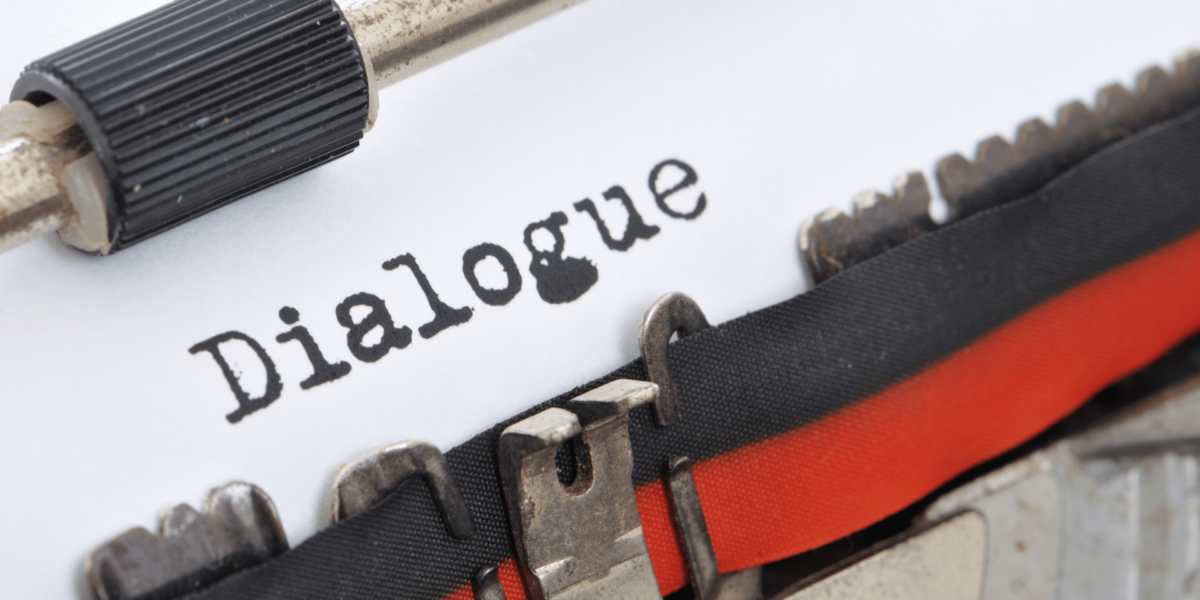Silence Shapes How Messages Are Received
In daily communication, silence is more than the absence of words—it plays an active role in how people process information. When used with intention, silence can highlight key points, signal reflection, or prompt a deeper response from others.
In a team discussion, someone pauses before answering a question. That brief moment of silence creates space for others to focus, anticipate, and reflect on what was just said. Rather than filling every gap, allowing silence gives weight to the exchange and makes the message more impactful.
Pausing Builds Trust and Shows Respect
Silence can signal that someone is truly listening. In fast-paced conversations, people often speak over one another or rush to respond. Choosing to stay quiet and let another person finish shows patience, respect, and genuine interest in what they are saying.
During a one-on-one conversation, a person who listens without interruption creates a safe environment. The other speaker feels heard and understood, which strengthens the bond and encourages open communication. In this way, silence supports connection, not distance.
Nonverbal Cues Amplify the Meaning of Silence
Silence alone is not enough; it must be paired with nonverbal cues to create clear meaning. Body language, facial expressions, and eye contact work together with silence to convey emotion or reaction without the need for words.
A coworker receiving feedback may remain quiet, but their posture and facial expression communicate agreement or hesitation. These nonverbal signals help the speaker understand how their message is landing. Silence becomes part of a larger conversation shaped by observation and interpretation.
Silence Encourages Deeper Thought and Self-Awareness
Pausing before speaking gives people time to gather their thoughts and express themselves clearly. It helps avoid impulsive responses and leads to more meaningful contributions. In both professional and personal conversations, a moment of silence can shift the tone from reactive to reflective.
During a strategy meeting, a team leader pauses after hearing a proposal. The pause allows them to weigh the options and respond with precision. This moment of silence signals that the decision deserves careful thought, setting the tone for thoughtful discussion.
Strategic Silence De-escalates Tension
When conversations become heated, silence can prevent conflict from escalating. Taking a moment to pause instead of reacting with emotion allows all participants to regain control and reassess their tone. Silence offers space to cool down and redirect the dialogue.
In a disagreement, one person might choose to remain silent for a few seconds rather than respond defensively. This pause helps reset the emotional temperature of the exchange and makes it easier to move forward with clarity and respect.
Unspoken Gaps Can Signal Discomfort or Resistance
Silence is not always a positive force. At times, it reveals resistance, confusion, or discomfort. These unspoken signals often show up when someone avoids answering a direct question or disengages from a topic. Recognizing this kind of silence requires attention to context.
During a group discussion, a participant who suddenly stops contributing may not be uninterested—they might feel unheard or uncomfortable. Noticing this silence gives facilitators or team members a chance to check in and invite them back into the conversation.
Silent Moments Create Space for Listening
In environments filled with constant talking, silence invites people to listen more actively. Without the pressure to respond right away, listeners can absorb meaning, reflect on what they’ve heard, and offer more thoughtful replies.
A teacher who pauses after asking a question gives students time to think. This moment of quiet helps learners process their thoughts before answering, making the conversation more balanced and thoughtful. Silence supports learning by slowing the pace and honoring each person’s process.
Silence Reinforces the Power of Presence
Being present in a conversation doesn’t always mean speaking. Sometimes, presence is best shown through quiet attention. Sitting with someone in silence, especially during emotional moments, communicates support without forcing words.
When a friend shares difficult news, silence often carries more comfort than rushed advice. A calm presence, steady eye contact, and stillness show empathy and understanding. In these cases, silence becomes a way to say, “I’m here,” without needing to speak.
Cultural Context Shapes the Role of Silence
Different cultures use silence in different ways. In some, silence shows respect and careful thinking. In others, it may signal awkwardness or uncertainty. Understanding the cultural meaning of silence helps improve communication across diverse groups.
In multicultural teams, one person’s use of silence might be misunderstood by another. A pause meant to show respect could be seen as hesitation. Being aware of these cultural differences helps avoid misinterpretation and supports stronger collaboration.
Learning to Use Silence Strengthens Communication
Silence is a skill that can be practiced and improved. By paying attention to timing, tone, and context, people can learn when to speak and when to pause. This balance makes communication more intentional and effective.
A professional preparing for a public presentation might practice inserting brief pauses between key points. These pauses give the audience time to absorb information and reflect. With practice, the speaker learns to use silence to guide attention and enhance understanding.









